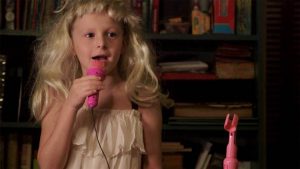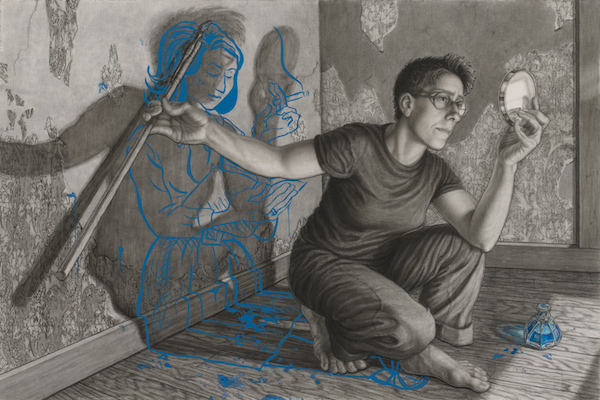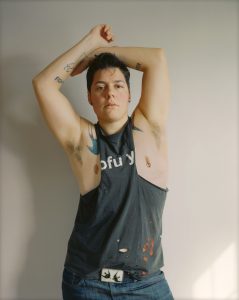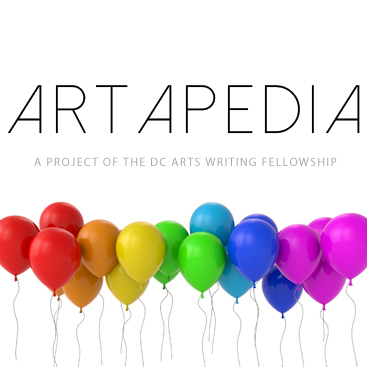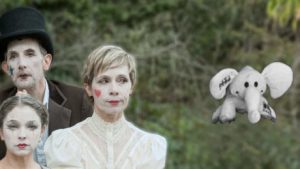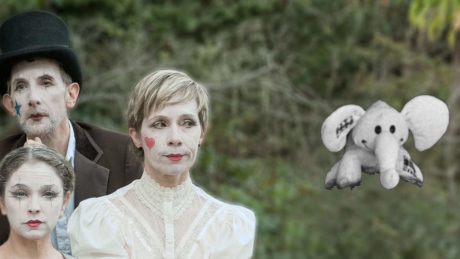Just because a film is short does not mean it lacks substance. At least that is the philosophy of Derek Horne, Programming Lead for the DC Shorts Film Festival and Screenplay Competition.
“To explain films that have substance, I would like to use a food analogy,” he prefaced. “The films that I select for the ‘Menu’ taste good but are made with natural ingredients that are organic to the filmmaker’s experience and not made from artificial intentions. They have a substantive quality so the audience can process them more fully and they will stay in their system longer in a constructive way.”
Substantial themes and subjects are the focus of the 2016 DC Shorts festival, which will begin next month on September 8 and present 131 short films from 33 different countries.
After an open submission process earlier this year—yielding over 1300 submissions—the programmers initially created traditional screening groups offering diversity in terms of genre, subject, and style. However, eventually they reorganized the films based on common themes, creating 18 showcases, which cover everything from the scary to the seductive. These thematic showcases are an experiment by Horne and Joe Bilancio, who are taking the lead on programming for the first time since festival founder Jon Gann stepped down.
As Horne says, substance was essential to their selection of the films and their organization into showcases. That is most clearly reflected in a group of showcases called “Tackling the Issues,” which groups together filmmakers confronting particular political or social issues.
That emphasis on substance is also present in “10% Cinema,” the screening group for films with pertinent LGBTQ themes. The six shorts in the showcase encompass a variety of genres—drama, documentary, romantic comedy—but all highlight issues impacting the community.
Of particular note are the documentaries featured in that screening, two award-winning D.C. premieres.
These C*cksucking Tears, directed by Dan Taberski, comes to the festival after winning the coveted Jury Award for Documentary Short at the SXSW Film Festival in March. The short profiles Pat Haggerty, the man behind the only gay-themed country album ever made, a “gay urban myth:” the self-titled 1973 debut of his band Lavender Country.
Eric Rockey’s film Pink Boy, another winner on the film festival circuit, explores the complexity of queer identity and gender in the relationship between parents and children. Jeffrey, the boy of the title, shocks his butch lesbian mother BJ when he starts to wear dresses. The film follows BJ and Jeffrey as they navigate how to live safely and happily as their most authentic selves.
Other films in the 10% Cinema screening include Vessels, a drama about a trans woman turning to the black market; two romantic comedies, Spoilers and Seeking: Jack Tripper; as well as Spunkle, a comedic short wherein a man considers becoming the biological father of his sister and her wife’s baby.
Special attention for LGBTQ themes and filmmakers during the festival is no surprise given Bilancio and Executive Director Kimberly Bush’s work with the LGBTQ-focused Reel Affirmations festival Bilancio has served as the festival’s Director of Programming. Bush began volunteering with Reel Affirmations soon after she came to DC in the late 90s and has since become its Director following a hiatus between 2012 and 2014.
Beyond highlighting substantial issues, the festival organizers have also focused on making DC Shorts more accessible to the community: 75 of the festival films will be available for streaming online and special family showcases will be available free of charge at public libraries throughout the District.
These accessibility programs are standard for DC Shorts, but Bush, Horne, and Bilancio have ambitious plans for new initiatives in the future.
“We would like to really be able to support the filmmakers through initiatives that not only help to ensure that their films get screened, but also to help them get made,” Bilancio said of preliminary plans for the 2017 festival. “The more we can do to ensure that shorts films will be seen is to help them get made and in the US that is a difficult thing to do.”
In the meantime, Bilancio and the rest of the programming team are focused on getting audiences engaged with all that the festival has to offer now.
“We hope that people understand the hard work and dedication the filmmakers go through to get the films made,” he said. “We hope that people take advantage of not only the films, but the parties and panels and take the time to interact with the filmmakers.”
While panels, parties, and films with innovative style are essential to the festival, Horne—extending his food analogy—continues to emphasize that audiences can expect authentic connection to the films, above all else.
“Sure, a film can be a taste sensation with exciting new ingredients, but the style is really just the cherry on the top. I want the audience to reflect on these films and remember them for a long time.”
Tagg readers can check out the DC Shorts Film Festival and Screenplay Competition starting on September 8, with the 10% Cinema showcase screening on September 11, 13, and 15 at E Street Cinema. Tickets and more information are available here.
This article was originally published with Tagg Magazine.


